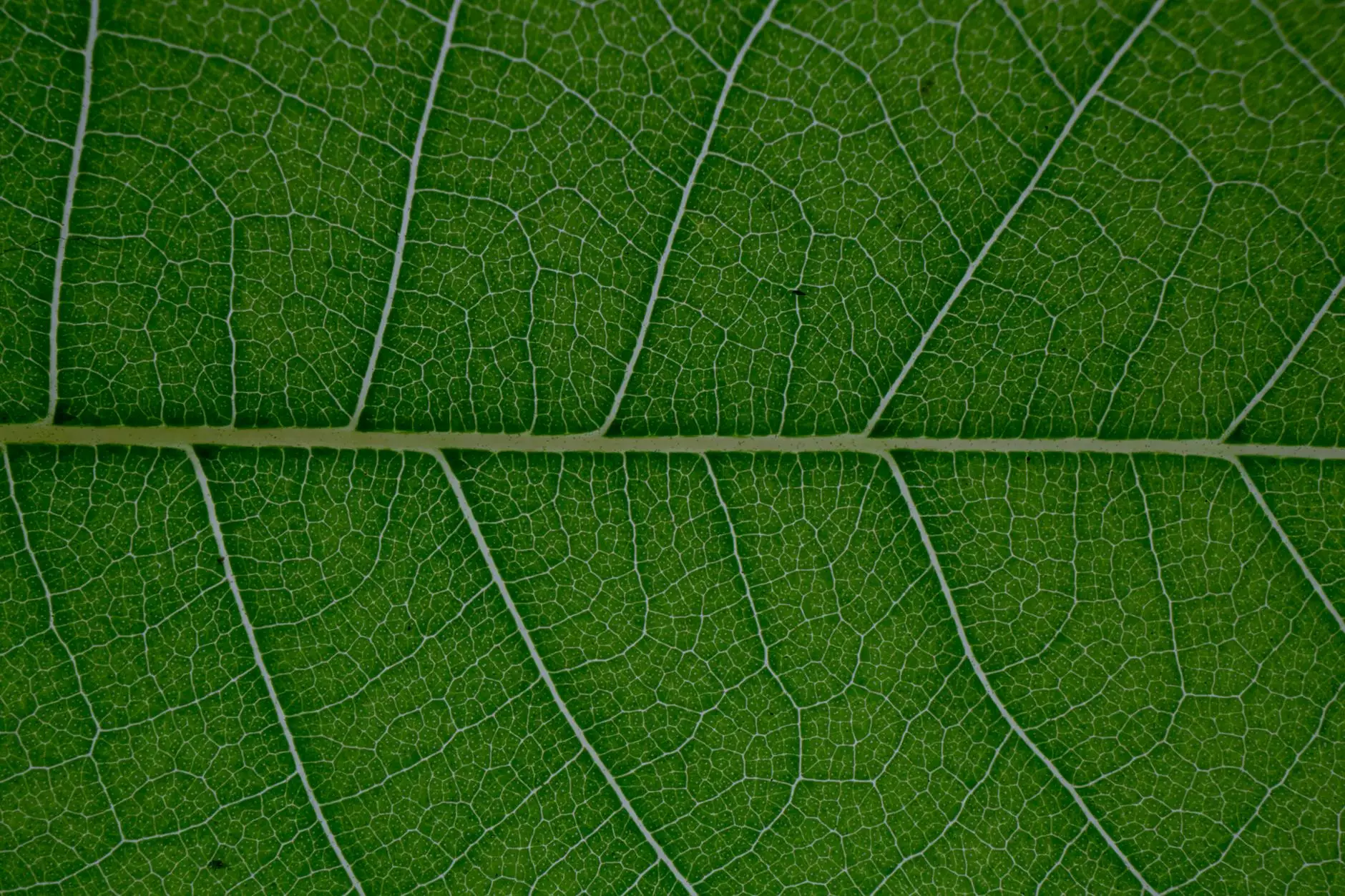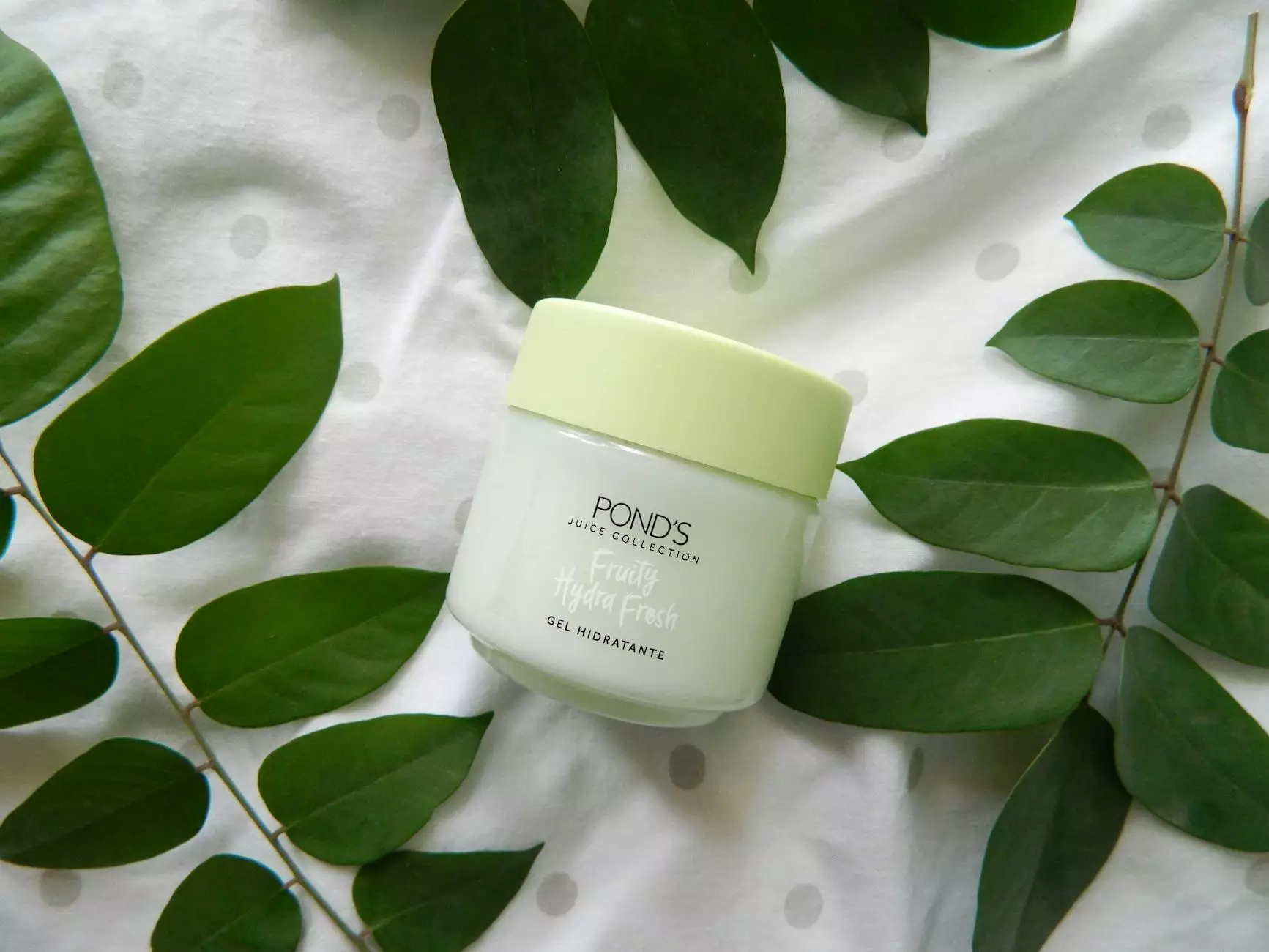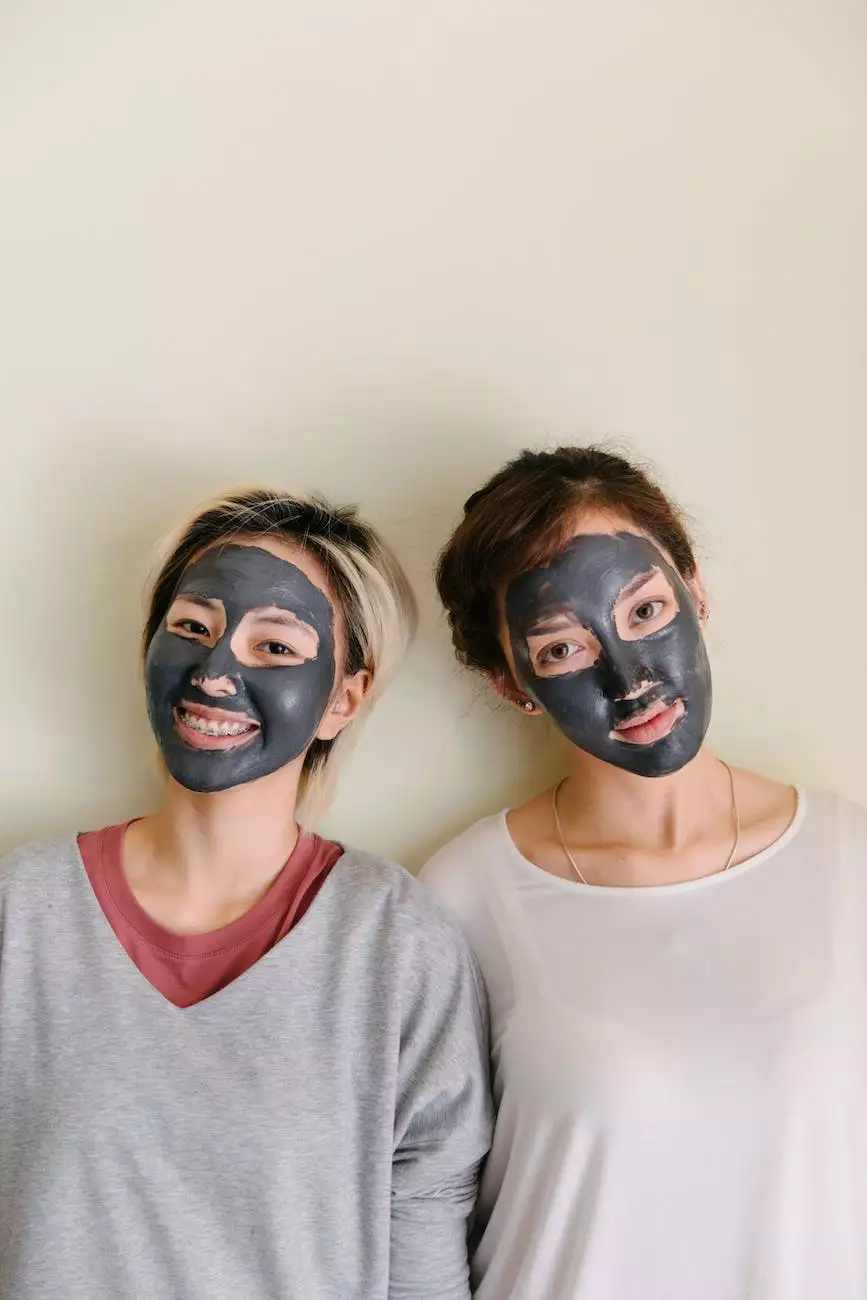Spider Veins 101: Understanding Symptoms, Causes, and Treatment Options

Introduction to Spider Veins
Spider veins are a common vein disease that affects many individuals. They appear as thin, web-like clusters of bluish, reddish, or purple veins on the surface of the skin, typically on the legs, face, or other areas of the body. While they may not pose significant health risks, they can cause discomfort and cosmetic concerns for those affected.
Recognizing Spider Vein Symptoms
Spider veins can manifest in various ways, and understanding their symptoms can help with early identification and appropriate treatment. Common symptoms of spider veins include:
- Visible Veins: Spider veins are easily visible and appear as thin, twisted veins on the skin's surface.
- Pain or Discomfort: Some individuals may experience aching, throbbing, or cramping sensations due to spider veins.
- Burning or Itching: Spider veins may cause localized irritation, leading to a burning or itching sensation.
- Swelling or Restlessness: In some cases, spider veins can contribute to leg swelling or restlessness, particularly after prolonged periods of standing or sitting.
Causes and Risk Factors
Spider veins develop when small valves within the veins malfunction, causing blood to pool and veins to become enlarged. Several factors can increase the risk of developing spider veins, including:
- Family History: A family history of vein diseases, including spider veins, can contribute to an individual's likelihood of developing them.
- Hormonal Changes: Fluctuations in hormone levels, such as those occurring during pregnancy or menopause, can make individuals more susceptible to spider veins.
- Age: Spider veins are more common in older adults as veins lose elasticity and become more prone to damage.
- Prolonged Sitting or Standing: Occupations or lifestyles that involve long periods of sitting or standing can increase the risk of developing spider veins due to disrupted blood flow.
- Obesity: Excess weight puts extra pressure on veins, which can lead to the development of spider veins.
Treatment and Management of Spider Veins
At Bay Regional Medical Center, we offer comprehensive care for individuals seeking relief from spider veins. Our experienced medical professionals provide accurate diagnosis, personalized treatment plans, and ongoing support. Some common treatment options for spider veins include:
Sclerotherapy
Sclerotherapy is a non-surgical treatment that involves injecting a solution directly into the affected veins, causing them to collapse and fade over time.
Laser Therapy
Laser therapy uses targeted laser energy to damage and shrink spider veins, promoting their gradual disappearance.
Compression Stockings
Compression stockings exert pressure on the legs, improving blood flow and reducing the appearance of spider veins. They can also alleviate associated symptoms.
Lifestyle Modifications
Simple lifestyle changes can help manage spider veins. Regular exercise, maintaining a healthy weight, avoiding prolonged sitting or standing, and elevating the legs can all contribute to reducing symptoms and preventing further vein damage.
Contact Bay Regional Medical Center for Consultation
If you are experiencing symptoms of spider veins or have concerns about your vein health, our dedicated team at Bay Regional Medical Center is here to help. Our experienced healthcare professionals will evaluate your condition and recommend the most suitable treatment options based on your unique needs.
Don't let spider veins affect your confidence or quality of life. Contact Bay Regional Medical Center today to schedule a consultation and take the first step toward healthier veins.




